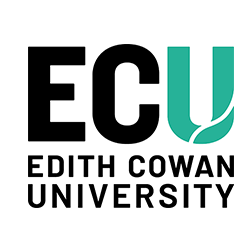Author Identifier (ORCID)
Shihao Yan: https://orcid.org/0000-0002-4586-1926
Abstract
This treatise evaluates the performance improvement attained upon integrating an intelligent reflecting surface (IRS) into covert wireless communications under finite-alphabet inputs. Specifically, we first derive an analytical expression for a lower bound of the achievable mutual information (MI). Then, we derive an analytical expression for an upper bound of the Kullback-Leibler (KL) divergence for the covertness, based on which we conceive an optimization problem to maximize the covert MI under the constraints on covertness, IRS coefficients and average transmit power. We utilize the semidefinite relaxation (SDR) technique along with the Gaussian randomization method to achieve high-quality solutions for both the transmit power and IRS reflection beamforming. We further propose a low-complexity algorithm, in which we derive analytical expressions for the transmit power and phase shift of each IRS element. Our numerical results demonstrate that, with finite-alphabet inputs, the devised IRS-aided scheme can achieve considerable covert performance gain on the basis of the scheme having no IRS.
Document Type
Journal Article
Date of Publication
1-1-2025
Volume
74
Issue
4
Publication Title
IEEE Transactions on Vehicular Technology
Publisher
IEEE
School
School of Science
RAS ID
77390
Funders
National Natural Science Foundation of China (62371004, 62301005) / University Synergy Innovation Program of Anhui Province (GXXT-2022-055) / Natural Science Foundation of Anhui Province (2308085QF197)
Creative Commons License

This work is licensed under a Creative Commons Attribution-No Derivative Works 4.0 License.
First Page
6709
Last Page
6714


Comments
This is an an Author's Accepted Manuscript of an article published by IEEE. © 2024 IEEE. Personal use of this material is permitted. Permission from IEEE must be obtained for all other uses, in any current or future media, including reprinting/republishing this material for advertising or promotional purposes, creating new collective works, for resale or redistribution to servers or lists, or reuse of any copyrighted component of this work in other works
Zhou, X., Zhou, X., Yan, S., Xia, G., & Shu, F. (2025). Intelligent reflecting surface-aided covert wireless communications with finite-alphabet inputs. IEEE Transactions on Vehicular Technology, 74(4), 6709-6714. https://doi.org/10.1109/TVT.2024.3508819